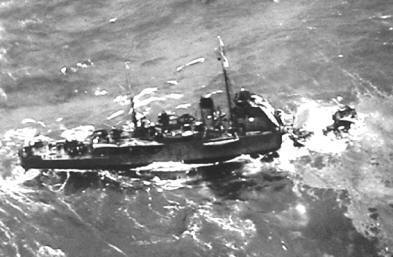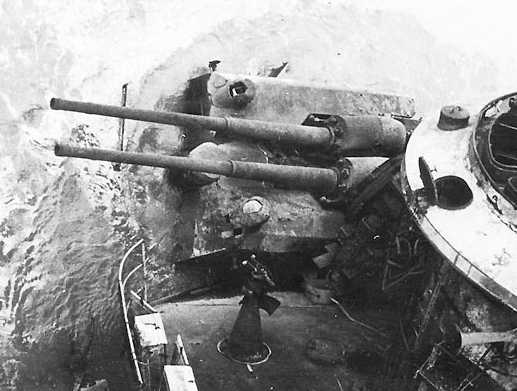Sunday 25 February 1940
Winter War Army Operations: There was some fighting in the Salla area. Otherwise, the front is reasonably quiet as both sides recuperate from the recent battles and also deal with the nasty winter weather.
The two sides are locked in what military types call an "embrace" all along the front. The Finns may be in trouble in places, but so are many trapped Soviet forces in others. Elements of the Soviet 54th Rifle Division which have been holding out in the Kuhmo sector are eliminated by Finnish attacks. In the center of the line, though, the Soviets retain the initiative and the overwhelming preponderance of force.
Finnish II Corps is responsible for the area around Lake Näykkijärvi, just to the southeast of Viipuri. It is one of the most sensitive areas on the entire V-line. Its commander, General Harald Öhquist, issues orders which are passed along to front line units at 22:15: the 23rd Division, which has been recently reinforced with armor units, is to attack. Four infantry units, two artillery battalions and the 4th Tank Company set out by truck to Heponotko and travel through the night to a spot near a town called Honkaniemi.
Winter War Peace Talks: The Finns continue considering the Soviet peace offer, which expires on 1 March 1940.
European Air Operations: The first contingent of the Royal Canadian Air Force (RCAF) arrives in Britain. It is No. 110 Army Co-operation (Auxiliary) Squadron of the RCAF.
Battle of the Atlantic: U-63 (Oberleutnant zur See Günther Lorentz) is sunk by some combination of depth charges and torpedoes from HMS Escort, HMS Inglefield and HMS Imogen and the submarine HMS Narwhal south of Shetland. One crew member perishes, 24 survive after the U-boat surfaces after 2 hours of depth charges.
US freighter Exochorda is detained by the British briefly at Gibraltar, then allowed to proceed. US freighter West Camargo is stopped briefly on the high seas by an unidentified French warship, but then allowed to proceed as well.
Convoy HG 20 departs from Gibraltar.
British/Norwegian Relations: Norway proposes international arbitration over the Altmark Incident if Great Britain wishes to continue its diplomatic protest.
US Government: Under Secretary of State Sumner Welles arrives in Naples to begin his fact-finding/peace mission for President Roosevelt.
 |
| Soviet dead in Finland, February 1940. |
February 1940
February 3, 1940: Soviets Capture a BunkerFebruary 4, 1940: Peace Talks in Stockholm
February 5, 1940: Allies to Invade Norway
February 6, 1940: Careless Talk Costs Lives
February 7, 1940: IRA Terrorists Executed
February 8, 1940: Spies!
February 9, 1940: The Welles Mission
February 10, 1940: Confiscation of Jewish Goods
February 11, 1940: Soviets Attack Mannerheim Line
February 12, 1940: Breaches In Mannerheim Line
February 13, 1940: Soviets Inching Forward in Finland
February 14, 1940: Soviets Batter Mannerheim Line
February 15, 1940: Finns Retreat
February 16, 1940: Altmark Incident
February 17, 1940: Manstein and Hitler Discuss Fall Gelb
February 18, 1940: Operation Nordmark
February 19, 1940: King Gustav Says No
February 20, 1940: Falkenhorst Commands Weserubung
February 21, 1940: Radar Advances
February 22, 1940: Friendly Fire
February 23, 1940: Soviets Present Their Demands
February 24, 1940: Fall Gelb Revised
February 25, 1940: Mr. Welles Comes to Visit
February 26, 1940: Battle of Honkaniemi
February 27, 1940: Finns Retreat Again
February 28, 1940: Overseas Volunteers Help Finland
February 29, 1940: Finns Accept Soviet Terms In Principle
2020




















